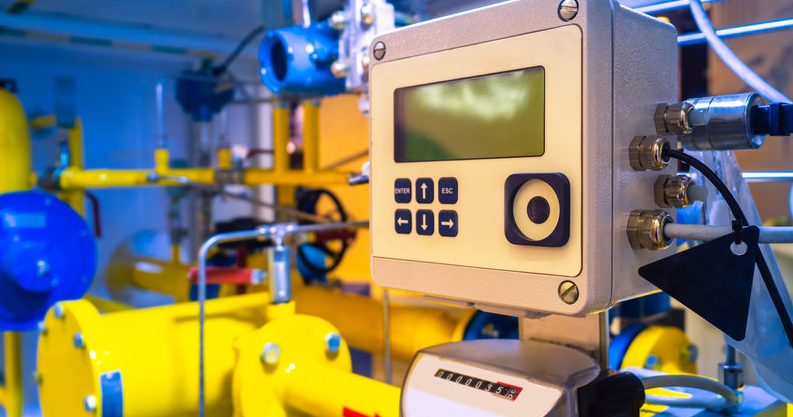Hermetic Connectors
A waterproof connector is often confused with a hermetic connector, but what exactly is a hermetic connector? The difference between the two lies in the degree of sealing of each of them. While the first ensures sealing to dust, water and moisture at different pressures depending on the IP rating, the second ensures a much tighter seal, creating a barrier even for light gases between the two sides of the connector.
On many occasions it is required that an equipment or installation is completely isolated from its environment, either because of the need to create two different atmospheres, or because of the possibility of damage to the equipment or the environment if gas leaks from one side to the other.
What is the role of hermetic connectors?
One of the most critical issues are the mechanical or electrical interfaces of the equipment with its outside. Here the connectors play a very important role in achieving hermetic sealing. The design of the connector as well as the materials used will be decisive in achieving this goal.
To achieve an hermetic system, it must be designed to prevent gas leakage from one environment to the other and in both directions. The effectiveness of an airtight barrier is measured in terms of leakage rates. Ideally this value should be zero, but in practice a connector or device is considered to be leak tight when values below 10-8 mbar.l/s are achieved with Helium gas. Helium is used because it is a gas of small molecular size, light, harmless and easy to measure due to its absence in the air.
 Leakage measurement of a coaxial connector panel f– f N type, with helium gas
Leakage measurement of a coaxial connector panel f– f N type, with helium gas
Thus, if these values are achieved for helium, for air and other commonly used heavier gases with larger molecules, the leakage value will be considerably lower, in the order of one third in the case of the air.
Sealing stages
In a connector, different sources of leakage must be dealt with separately. This will define different sealing stages.
– Fixing the connector to the panel
– Connection block
– The male-female connection of two opposing connectors.
The sealing of the connector to the panel is located between the connector housing and the panel itself, viton or silicone gaskets are required, together with an excellent mating of the panel and connector surfaces. Uniform surfaces, free of burrs and a good dimensioning of the machining grooves where they are housed, are required.
Regarding the connection block, we must use dielectrics made by polymer materials such as epoxy or glass. These materials are perfectly soldered between the inner conductor-metal and the outer conductor-metal. The use of epoxy or glass is determined by weight specifications (epoxy is much lighter) and temperature resistance (glass reaches much more extreme temperatures).

Dielectric glass-to-metal bonding on inner and outer conductor. Seals for airtightness
Finally, the connection of the opposing connectors will normally be determined by international standards. Normally, in terms of watertightness, this is solved in the first two stages and in this case a simply waterproof connection with an IP68 degree of protection will be enough to ensure the watertightness of the assembly.
The 3 factors that cause leakage
Three factors can cause leakage in the hermetic barrier of a connector:
– Cracks
– Diffusion of materials
– Outgassing of materials.
Cracks and imperfections, even microscopic, are the main cause of leakage. They must be avoided by careful manufacturing of the product.
Diffusion, on the other hand, is a natural effect of all plastics and elastomers. It consists in the passage of gas through the barrier surface, even when the barrier surface is free of cracks and imperfections. The greater the difference in pressure between the two atmospheres, the greater the mobility of the gas and the smaller the size of the gas molecules, create the greater diffusion. With a careful choice of materials, it can be minimised but never completely eliminated.
Finally, outgassing consists of the release of water or gases previously absorbed by the materials and released when the vacuum is generated and/or the temperature is increased. A previous treatment of these materials in which they are degassed minimises the occurrence of this undesired effect once the connector is assembled and in operation.
Why ALFA’R Hermetic Connectors?
We select the best materials and we carry out the appropriate treatments of them.
We take care of the smallest details in machining, to obtain pieces of the highest quality.
We have extensive experience designing technologically advanced connectors.
ALFA’R hermetic connectors are 100% tested to achieve the desired leakage values below 10-8 mbar.l / s with Helium gas. By means this technique, coaxial RF-connectors and Multi-contact: circular and rectangular are produced.
We hope this post has been of interest to you.
See you in the next one, don’t miss it!
Follow us on our social networks Linkedin and Instagram!
